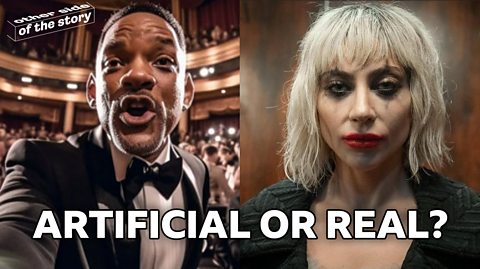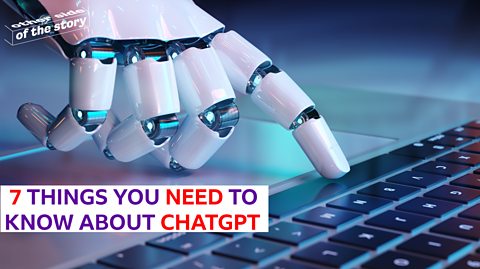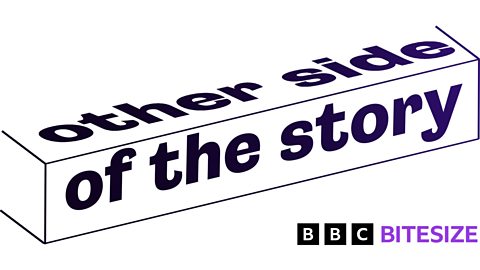
What is artificial intelligence?
Artificial intelligence has taken our world by storm, reshaping the way we live and work. But what is it exactly?
Often shortened to AI, it is computer software that allows machines to think and learn in a тhumanт way.
It can perform tasks previously only capable by a human, such as speech recognition and decision making.
The technology does however have some pitfalls and is not always reliable.
An AI application will only know as much as the data it is trained on, and when it doesnтt know, it can simply make things up. It's still developing and improving and it can learn from its mistakes when corrected.
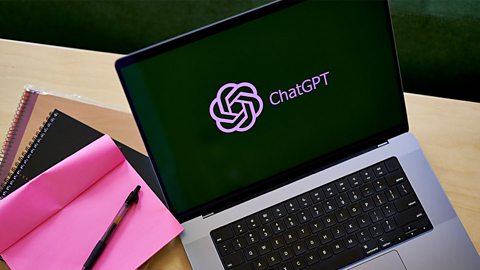
Is it wrong to use AI for homework?
AI is changing the game when it comes to education, and it seems like it could be a great tool for students when it comes to their homework.
But do ChatGPT and other AI models know absolutely everything? Well, the short answer is no.
It has some major flaws including limited data, lack of real-world common sense and no fact-checking system. All of this can result in it confidently providing users wrong or biased answers. It can even make up its own sources!
Using AI for homework is debatable and there are no actual rules around it. So be careful and remember to check out the information yourself before submitting something thatтs completely wrong.
As the technology gets more advanced, there are also new systems being created in order to detect if something was written by AI or a human, such as ZeroGPT.
Many schools are warning students not to use it for homework, as it could get you into serious trouble, but as just a research tool it could be very useful.
University of Bath marketing lecturer Kim Watts said: "I'm suggesting that students go to ChatGPT, those who maybe don't know where to startтІ and start playing around with promptsтІIt won't give them the answers - but it can give them ideas."


Always double check your work using reliable sources and ask teachers for their advice on how to use AI.
In a recent policy paper, The Department for Education highlights that advances in technology brought both тopportunitiesт and тchallengesт to the education sector.
"We are working with the education sector and with experts to identify opportunities to improve education and reduce workload using generative AI. Having access to generative AI is not a substitute for having knowledge in our long-term memory. To make the most of generative AI, we need to have the knowledge to draw on.
The education sector should:
- make the most of the opportunities that technology provides
- use technology safely and effectively to deliver excellent education that prepares pupils to contribute to society and the future workplace."
If you are struggling with your homework check out some of our guides here.
Can you tell if ChatGPT is used in schoolwork? Find out with this video from ТщЖЙдМХФ Young Reporter.
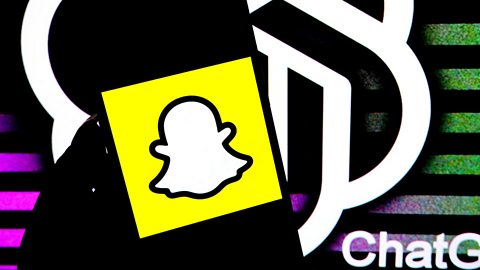
What are the different types of AI?
Since ChatGPT was released, and it gained 100 million users in 2 months, something that took TikTok 9 months to do, there are several other AI models available for the public.
ChatGPT and Bard are examples of chatbots using AI intelligence in a text format, so it can speak and have a conversation like a тhumanт that knows a lot of stuff!
Similarly, thereтs Snapchat AI, or тMy AIт, a customised version of a chatbot that has been giving out advice on everyday issues to users and acting like a тfriend.т
The most popular AI models are the ones generating images, such as MidJourney, or music, like So-VITS-SVC, creating viral music like тHeart on my Sleeveт using The Weekndтs and Drakeтs voices.

AI and social media
AI is amazing at giving us what we want almost instantly, analysing what you like and accurately recommending similar content, like Netflix recommending you more of your favourite shows.
But is it getting harder to believe what you see online? Misinformation is already a big problem and AI is making it harder to distinguish whatтs real and whatтs fake.
Social platforms like Twitter have had to add community notes to viral tweets to provide more context, otherwise people might really believe the Pope wore a puffer jacket or President Macron volunteered as a bin man.
Donтt share things without first checking it out for yourself!
See if you can tell the difference between AI or real images by taking this quiz.


Is it dangerous?
Machines that think like humans is something straight out of a film, but it is now our reality and it could have massive effects.
Italy has become the first Western country to block ChatGPT over concerns of data protection, as the application stores its userтs information for research and model improvement purposes.

Scientists like the late Stephen Hawking came forward to say that humans could teach machines too much, and that he worried about the future problems this could cause.
New technology can be overwhelming. Watch this video on 7 things you need to know about ChatGPT to get the facts.
